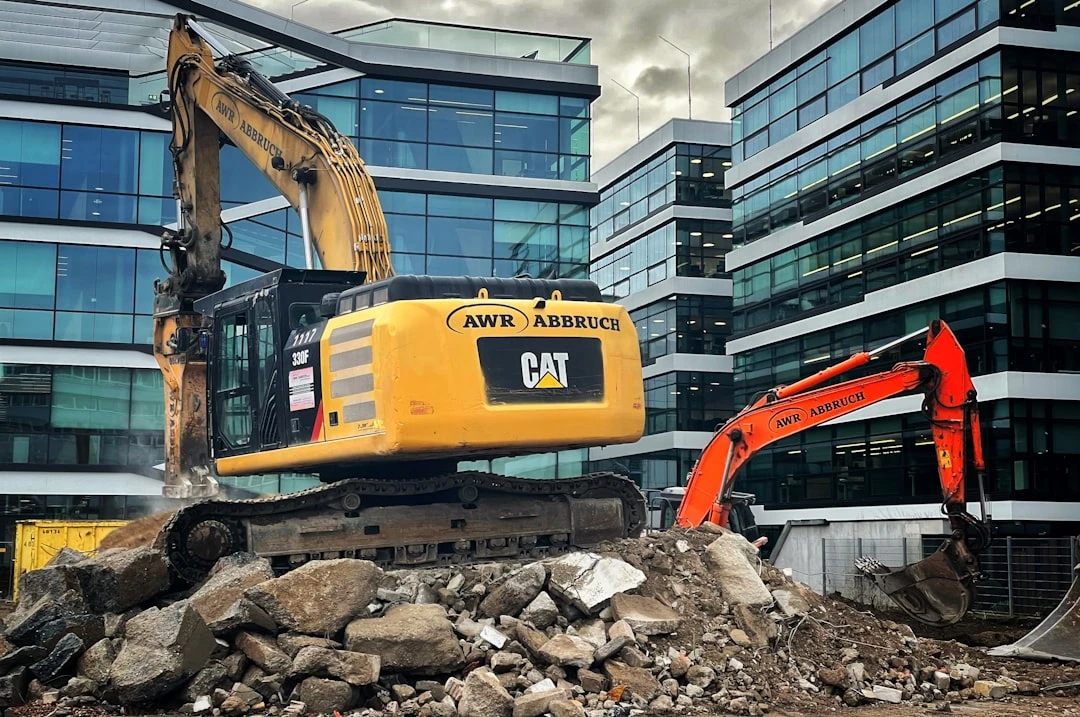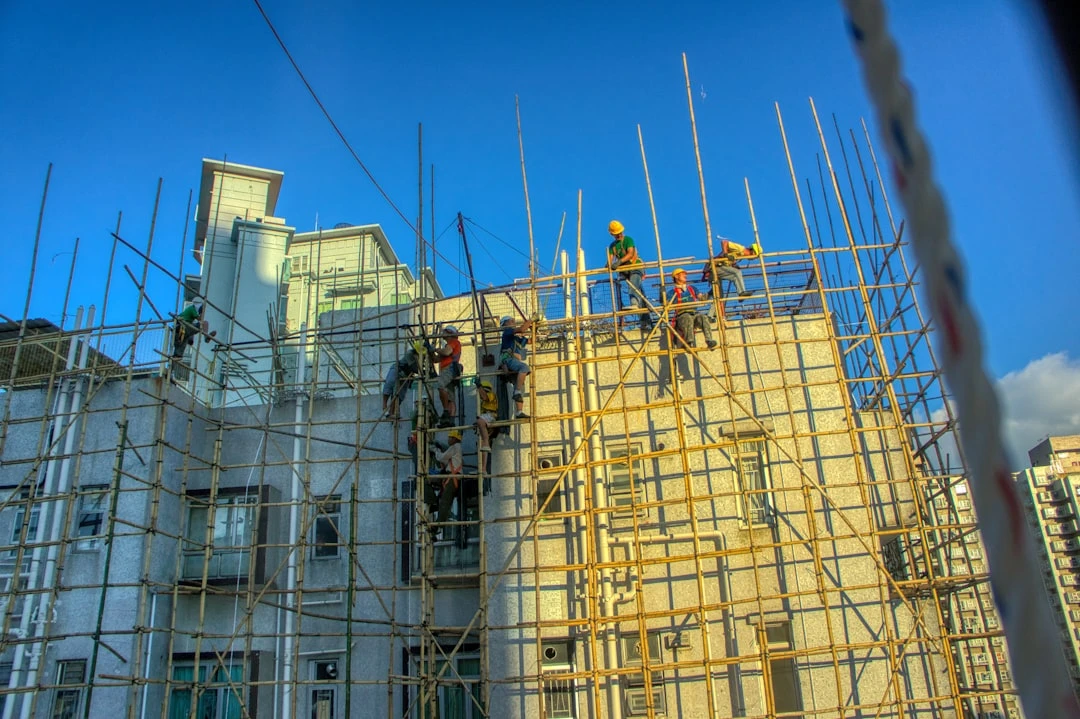Building Demolition and Demolition Permit: Everything You Need to Know

Are you demolishing an old garage to build a modern home in its place, or planning a complete renovation of a business space? Building demolition is a process regulated by law in Estonia, requiring thorough preparation, documentation, and adherence to proper procedures. Similar to construction, demolition is also subject to strict requirements that ensure safety, environmental sustainability, and legality. Kinnisvara24 helps you understand the demolition process and navigate it as smoothly as possible.
Types of demolition: what you need to know?
Estonian legislation distinguishes two main types of demolition:
Restoration (reconstruction) – when after demolition an essentially similar structure is restored and its purpose, architecture, and volume remain the same. In this case, the process is treated as reconstruction. This is a suitable option if you want to preserve the building's essential nature, but need to update the structure.
Complete demolition – when an existing structure is completely demolished and a fundamentally new building is constructed in its place, this constitutes demolition and construction of a new structure. This gives you the opportunity to start with a clean slate and create a completely new concept for the property.
It is important to understand that in the eyes of the law, demolition is equivalent to construction and is subject to similar regulations and oversight. Building Code §4 and §43 set out the types of demolition and the obligation to submit notice precisely.
Documents and permits required for demolition
Before starting demolition work, you must obtain the following documents:
1. Demolition project
A demolition project is the foundation of every demolition work. It must be prepared specifically for the particular object and contain:
A detailed sequence of work
Safety measures and requirements
A plan for waste separation and management
An assessment of environmental impacts
Methods for dismantling technical systems
Measures for protecting adjacent buildings
Think of a demolition project as a detailed roadmap – it guides the entire process from the first swing of the wrecking ball to the last brick removed. It is important to remember that demolition projects from other objects should not be used for your object, as each building is unique and requires an individual approach.
2. Demolition permit or notice
Depending on the size and characteristics of the building, either a:
Demolition notice – for smaller structures (e.g., sheds, garages, smaller residential homes)
Demolition permit – for larger or more complex buildings (e.g., apartment buildings, commercial buildings, historic structures)
After completion of demolition work, a notice regarding the demolition must be submitted to the competent authority (usually the local municipality) within three days of completion of the work. This ensures that the building register is up to date and reflects the actual situation.
Environmental and safety requirements for demolition
Demolition carries several environmental and safety risks that must be carefully managed:
Waste management
Waste generated during demolition must be properly sorted and disposed of. In 2025, requirements for waste management are stricter than ever before, emphasizing:
The separation of recyclable materials (wood, metal, bricks)
The separate handling of hazardous waste (e.g., asbestos, PCBs, lead)
The transport of waste to certified disposal facilities
Think of an old building as a mine of materials – many materials can get a new life according to circular economy principles. For example, an old brick facade can find use in landscaping or renovated interiors.
Technical systems safety
Before demolition, you must ensure:
Electrical systems are shut down and dismantled
Gas and water pipes are closed
Sewage systems are properly closed
Heating systems are safely dismantled
Think of shutting down technical systems as pre-operative preparation – all "vital systems" must be safely isolated before the surgical intervention (demolition) begins.
Changes to technical systems can alter the building's characteristics and require special attention and appropriate documentation. For example, dismantling and disposing of an old central heating system may require a special permit or specialized team.

Costs associated with demolition and financing
Demolition work requires significant financing, depending on the size, location, and complexity of the building. The main cost components are:
Preparation of demolition project
Demolition work itself
Waste management and transport
Permits and approvals
The breakdown of demolition costs resembles an iceberg – the visible part (physical demolition) is just one component, while documentation, permits, and waste management constitute a significant portion of the total cost.
What happens after demolition?
After building demolition:
The demolished structure is registered in records to update the property's official status.
If you plan to construct a new building, you must begin by preparing a new construction project.
Property valuation may be necessary if you wish to sell the land or apply for a new loan.
The land must be cleared and, if necessary, groundwork performed for the new structure.
Key points for successful demolition
Do thorough preliminary work – map out what and how needs to be demolished, and clarify the building's condition.
Follow the laws – Building Code §4 and §43 set out the types of demolition and the obligation to submit notice precisely. Ignoring them can result in fines and legal problems.
Engage specialists – demolition is a complex process that requires professional approach. Unprofessional demolition can damage neighboring buildings or cause accidents.
Think about the future – if you plan to build a new structure in its place, you may want to consider factory-built homes or other modern construction solutions. A factory-built home can offer a quick and quality solution after demolishing the old building.
Finance wisely – demolition and construction projects can be expensive, so explore different home loan options. The right financial plan can save thousands of euros.
Are you at the beginning of your real estate journey or looking for a new home?
Kinnisvara24 helps you make informed choices – whether you plan to buy, sell, or rent. On our platform, you will find modern listings, useful tips, and strong support in every real estate decision.
Search
Keywords
Most read articles
- Price per Square Meter of Apartments in Tallinn in 2025

- Estonian Apartment Prices and Market Expectations in 2025

- The Apartment Market in Estonia's Largest Cities in 2025

- Notary Fee and State Fee – Who Pays and How Much?

- Five-year transition period ended: nearly zero-energy building requirements extended to new small residential buildings
